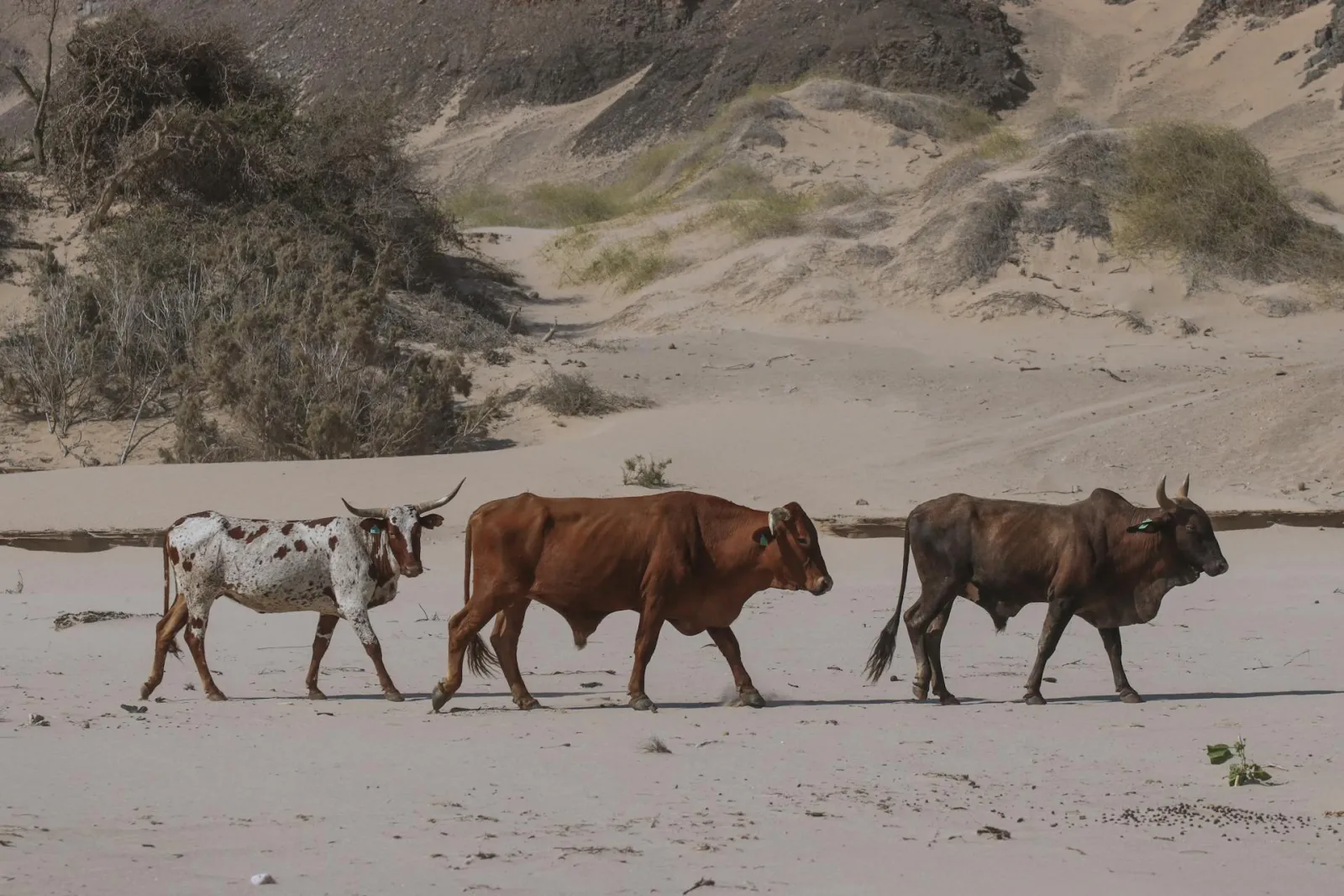This study explores indigenous dairy production in sub-Saharan Africa and Asia, and how production – essential for regional food and nutrition security, and adapting to climate change – could be enhanced through scientific practices.
Abstract
There is an increased demand for milk and dairy products, changing climate and undernutrition, particularly in sub-Saharan Africa and Asia. Successful intervention is likely to arise from utilization of local resources and adapting knowledge and practices. Yet, information on indigenous dairy production practices and foods is lacking, though there has been a rich tradition in the sector. This would impede the inclusion of local perspectives in development planning processes for sustainable food system. Thus, a study was conducted to assess farmers’ knowledge and practices of dairy production, milk quality, and dairy foods in Ethiopia as a case study. Face-to-face interviews with 150 dairy producers were used to collect data. Thirty milk samples were collected for laboratory composition analysis. The results revealed that the average dairy milk yield was 2.53 l for the native bovine breed, which differed across agroecology. Most of the producers process their milk to get different dairy products like cheese, and butter. Diverse traditional dairy foods are prepared from dairy and crop products. The values of fat, protein, lactose, solid-not-fat, and salt contents of milk were 3.79, 3.64, 2.96, 9.46, and 2.07 %, respectively. The milk fat and protein contents found in the present study fulfills the Ethiopian standard. There were about 17 indigenous plant species used for dairy stock as medicinal value and fodder, and about 11 indigenous plant species were used as good flavouring and fumigating plants for keeping milk quality. The major indigenous feeds were natural pasture, crop residues, improved forages and indigenous plants (e.g. browse) in the study area. Thus, incorporating locally available browse fodder species as a supplement needs to be encouraged more. The potential of indigenous cows for milk production needs to be enhanced. Realizing the potential of indigenous production practices and local dairy foods requires promoting their efficient use and combining them with available scientific practices. This approach can help adapt agri-food systems to changing climates and sustainably contribute to food security.
Reference
Genet Gebremichael, Habtamu Lemma Didanna, Asrat Ayza, (2025) Assessing indigenous knowledge and practices of dairy production, milk quality and traditional dairy foods for sustainable food system, Applied Food Research, Volume 5, Issue 1, 100921,
Read more here.

Comments (0)